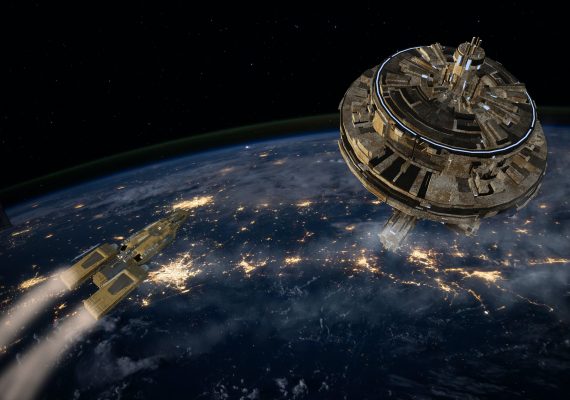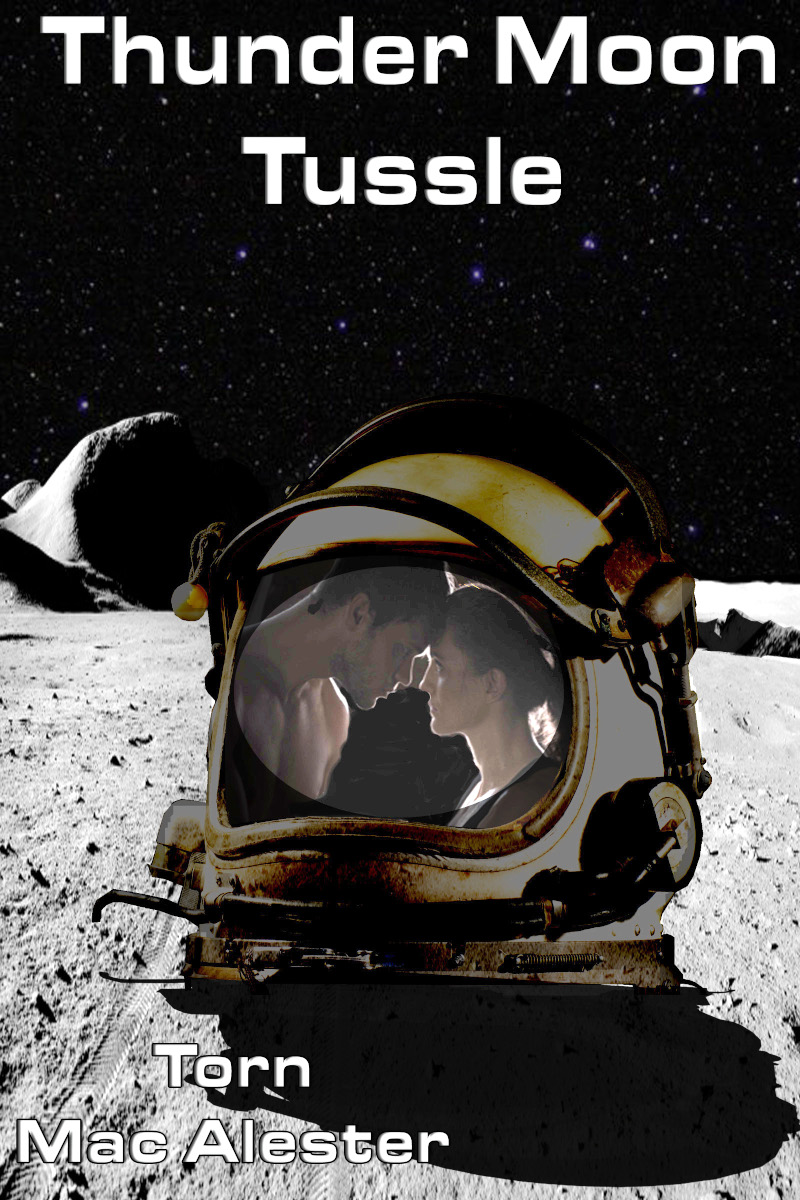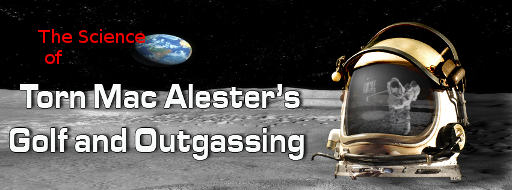
Here is a new short fiction vignette by yours truly. This scene involves two of the important characters appearing in Thunder Moon Tussle. This short fiction could be regarded as a prequel, but there are no spoilers. Enjoy!


Here is a new short fiction vignette by yours truly. This scene involves two of the important characters appearing in Thunder Moon Tussle. This short fiction could be regarded as a prequel, but there are no spoilers. Enjoy!
Moonscape photographed by Torn MacAlester from mesh terrain built from lunar digital elevation map in blender. The simulated terrain was rendered in Open Simulator.

by Torn MacAlester Nils entered the habitat to see Deputy Miller wearing his coveralls, looking like a prospector herself. He wondered if she intended to make fun of him. He moved in and watched her fix the coffee, noticing she continued to struggle with it. Taking a seat, he watched without comment. She filled the […]

“Stand by for inspection,” he heard Miller’s voice on the Station Communications line, giving him a thrill and a dreadful feeling at the same moment. “Yup,” Nils mustered his best cheerful voice. “I’ve got the manifest already on my pad.” Nils waited in silence, hoping she made this easy but fearing the truth. She […]

If you haven’t read the story Golf and Outgassing, you might want to look at it before checking out the article Science of Golf and Outgassing. I’ve provided a brief description of the science that inspired the story. This story also draws from my personal memories of watching the Apollo 14 Moon walk. EVA number two […]